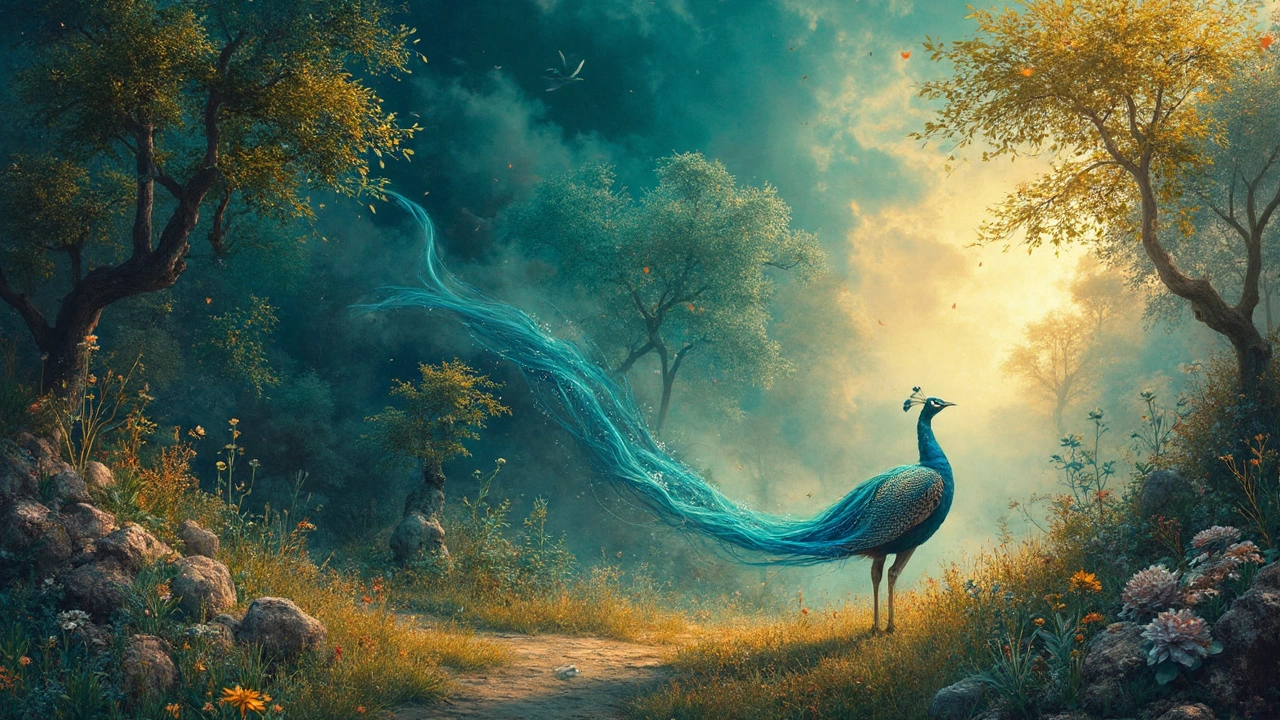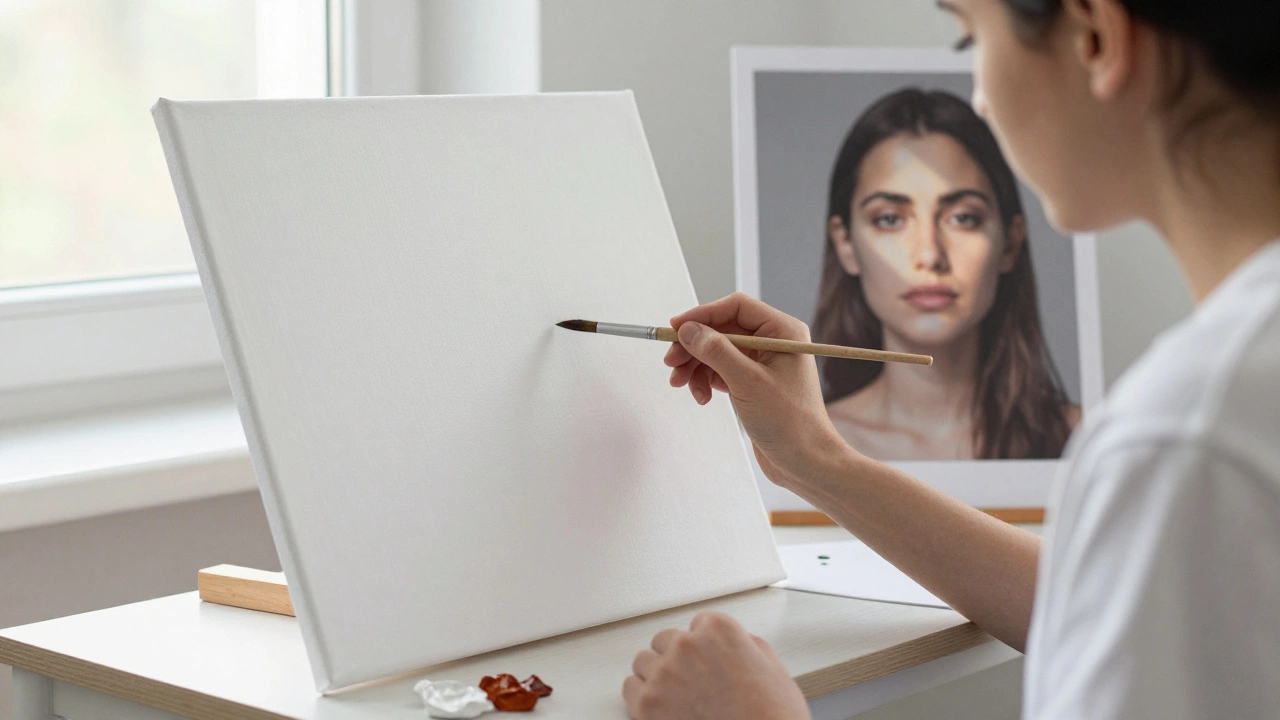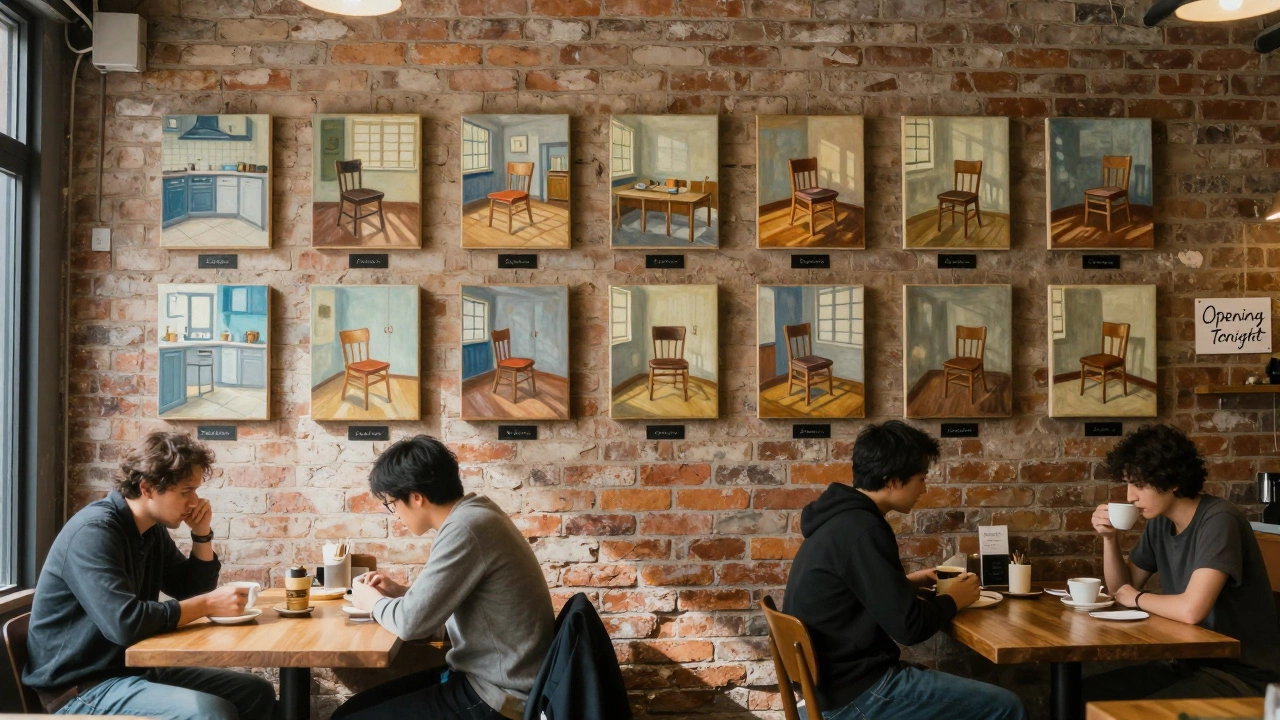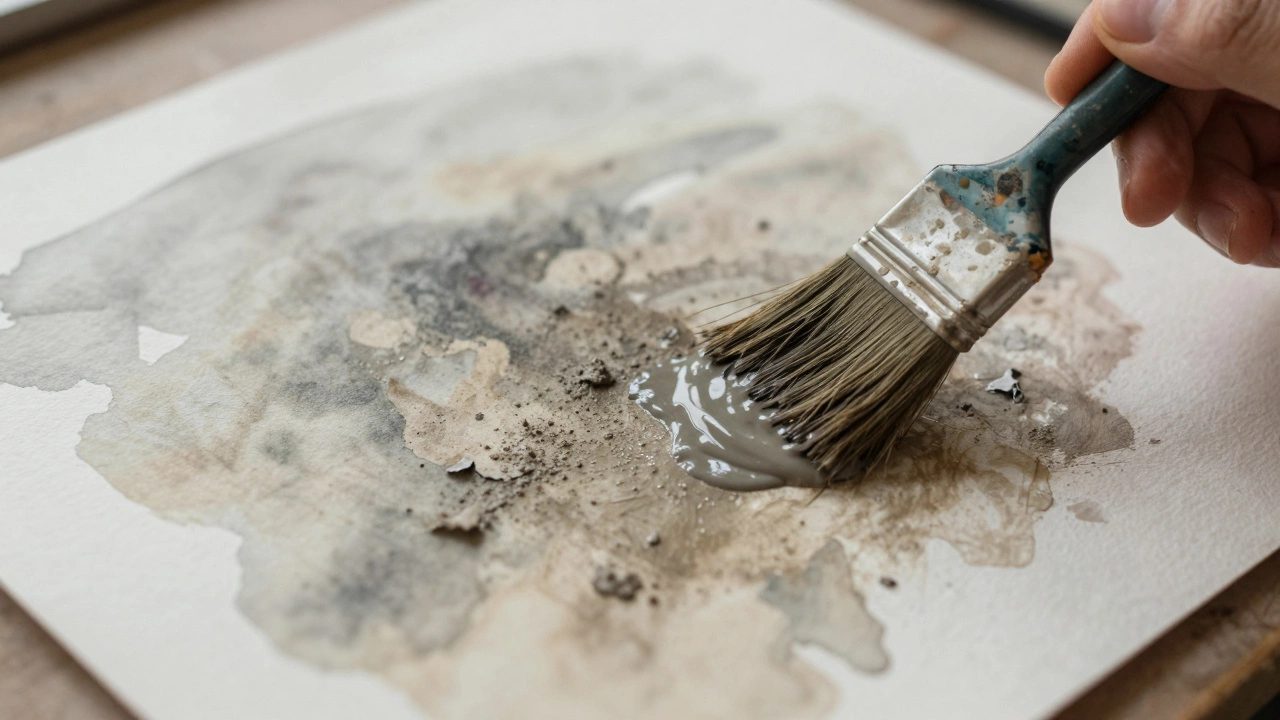So you've got a camera and a thirst for creative expression, but you're not exactly sure what fine art photography is all about? Well, you're not alone! This art form isn't just about snapping pretty pictures; it's about using your lens to create something meaningful, something that speaks to the viewer on a deeper level. It's photography that, like traditional fine arts, aims to express an idea, a message, or emotion rather than simply documenting reality.
Now, you might be wondering, 'What sets fine art photography apart from the thousands of other photos I see every day on my feed?' It's all about intention and creativity. Instead of focusing on merely capturing a scene, fine art photographers strive to convey a story or a feeling. Think of it like painting with your camera, where each shot is a canvas to explore unique perspectives and abstract concepts.
If you're itching to dive further into this exciting world, it helps to understand its evolution and who the big names are in the field. From classic methods to modern digital techniques, the journey of fine art photography is as dynamic as the photographs it produces. So grab your camera and let's explore what it means to create art through photography!
- Understanding Fine Art Photography
- History and Evolution
- Techniques and Styles
- Famous Fine Art Photographers
- Tips for Aspiring Fine Art Photographers
Understanding Fine Art Photography
So, you've probably heard about fine art photography but aren't completely sure what it's all about. It's not just any kind of photography; it's where photography meets art. Think of it as an intersection where the usual boundaries between painting, sculpture, and photography blur, and creative expression takes center stage.
At its core, fine art photography aims to express a vision, an emotion, or a message. Unlike photojournalism, which focuses on capturing reality as it is, fine art photography is about interpreting and presenting the world as the artist sees it. This means that the photographer's intention is key. It's about the 'why' behind the photo, not just the 'what.'
Defining Features
To get the idea of what makes something fine art photography, here are a few characteristics:
- Intention: The story or emotion the photographer wants to convey is a primary aspect of the piece.
- Creativity: Photographers often use unique perspectives, unusual techniques, or innovative compositions.
- Expression: It's about generating a response, thought, or feeling in the viewer—think of it as visual poetry.
Fine Art vs. Commercial Photography
One common question is how fine art photography differs from commercial photography. It's quite simple—commercial photography is made for a client with the purpose of selling or promoting a product, while fine art photography serves the artistic vision of the photographer. It's not bound by commercial demands but relies on the photographer's creative insight.
The Evolution of Fine Art Photography
This genre has its roots in the 19th century when photographers began to challenge conventional ideas of what photography could be. Instead of merely documenting scenes, they started exploring symbolism, abstraction, and other elements typically associated with traditional art forms. Fast forward to today, and the digital era has opened entirely new avenues for artists to explore their visions through photography.
Fun Fact
Did you know that in some art galleries, fine art photographs sell for thousands of dollars? This reflects not just the skill of capturing it but the idea and emotion behind the work, turning it from a simple photograph into a captivating piece of art.
Understanding fine art photography gives you a deeper appreciation for those incredible shots that stop you in your tracks and make you think. Whether you're looking to create or simply admire, knowing what goes into these pieces makes it all the more fascinating.
History and Evolution
Let's take a journey back in time to see how fine art photography became an integral part of the art world. It all kicked off in the 19th century when photography first emerged. Back then, capturing images was a slow process and not seen as an art form.
People mainly used photography for documenting—think family portraits and historical records. The notion of using a camera for art seemed a bit outlandish. But then, a shift started to happen in the late 1800s. Pioneers like Henry Peach Robinson and Oscar Gustave Rejlander began delving into photographic techniques that captured artistic expressions.
The Pictorialism Movement
One significant milestone was the Pictorialism movement around the late 1800s to early 1900s. This was when photographers tried to make their work look more like paintings, focusing on soft focus, special lenses, and other manipulating processes. They wanted to show the world that photography wasn't just about replicating reality; it could be art too.
The Rise of Modernism
Fast forward to the 20th century, and Modernism stepped into the scene. This was a time of change, with photographers like Ansel Adams and Edward Weston pushing boundaries. Instead of trying to mimic paintings, they embraced the camera's unique ability to capture sharp, detailed images. This era highlighted the unique qualities inherent in photography, setting it apart as an art form.
Since then, art photography has continually evolved, intersecting with various art trends like Surrealism and Abstract Expressionism. Renowned artists like Cindy Sherman and Andreas Gursky later expanded the field’s potential by using photography to explore identity, reality, and consumer society.
Digital Age
Today, in the digital age, fine art photography is more accessible and varied than ever. With tools like Photoshop and digital cameras, photographers can experiment with endless possibilities, bringing their creative visions to life in mind-blowing ways. Whether it's through dramatic lighting, dynamic compositions, or surreal digital edits, the art form continues to grow and inspire.
The future of creative photography is super exciting, with technology constantly opening up new doors for artists to express themselves in unique ways. Who knows what innovations lie ahead?
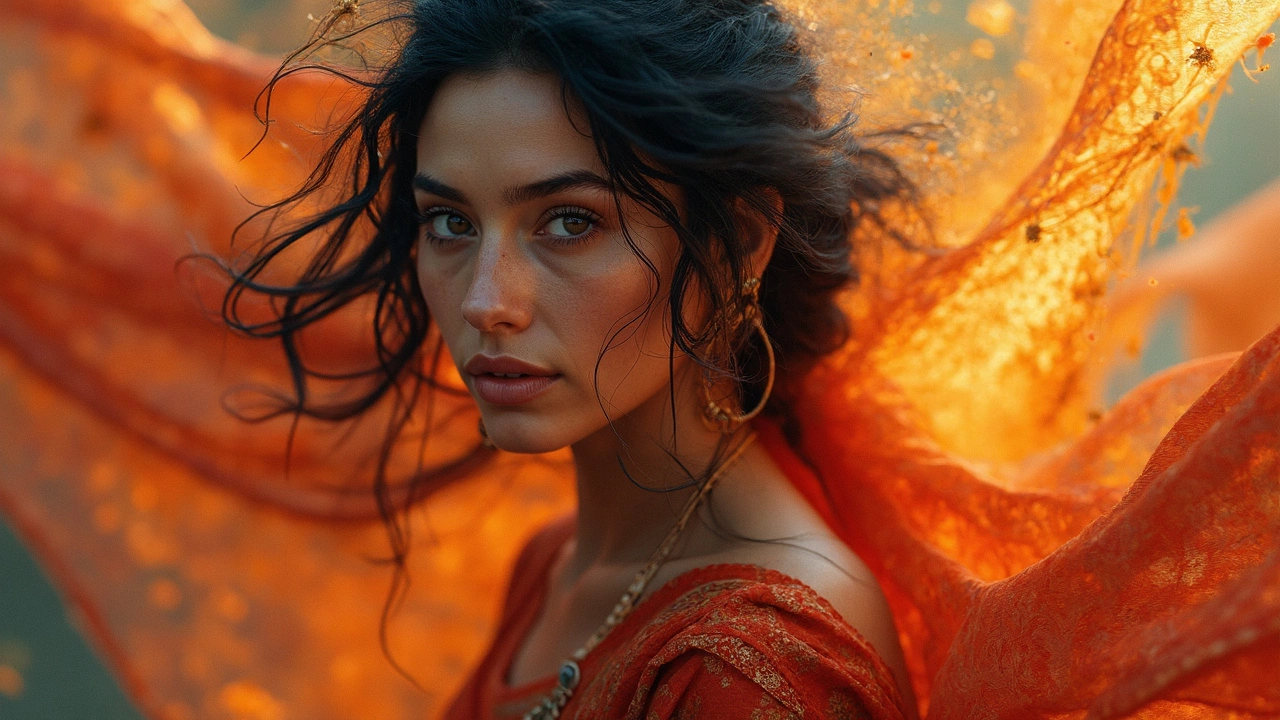
Techniques and Styles
Diving into the world of fine art photography means embracing an array of techniques and styles that allow photographers to express their unique vision. Whether you're using analog film or the latest digital tools, the key is to blend technical skills with creativity.
Exploring Different Techniques
Fine art photography often leans on techniques like long exposure for dreamy landscapes or shallow depth of field for isolating a subject. Experimenting with different shutter speeds can bring life and motion into your images or freeze them in time. Some photographers even use intentional camera movement to create abstract forms, adding a painterly touch to their shots.
- Black and White Photography: Stripping color away emphasizes composition, texture, and light. It's a timeless way to draw the viewer's attention to what's important.
- Double Exposure: Overlaying two images into a single frame can create stunning and surreal visuals, giving your work a layered depth.
- HDR Photography: Combining multiple exposures can help capture extreme contrasts and details that would otherwise be lost.
Various Styles in Fine Art Photography
The styles in art photography are as diverse as the photographers themselves. From minimalistic landscapes to dramatic portraits, each approach offers a different way to communicate the artist's message.
- Conceptual Photography: This is all about ideas, stories, or themes. Think social issues, human emotions, or abstract thoughts brought to life through the lens.
- Abstract Photography: Here, photographers take elements from the real world and transform them into visions that may not be immediately recognizable. It's about shapes, colors, and forms more than specific subjects.
- Documentary Style: While not always considered fine art, this style can cross the line when the photographer uses their lens to artistically capture reality with a personal twist.
Many creative photographers today have found success not just with their unique styles, but also by using social media platforms to share their work with a global audience. It's a golden age for art photography, where techniques and styles can be explored and shared easily.
Famous Fine Art Photographers
Diving into the world of fine art photography wouldn't be complete without mentioning some iconic photographers who've left a mark with their unique visions. These individuals have transformed photography into a respected art form, inspiring many to see beyond the ordinary.
Man Ray
Man Ray was a pioneer, blending photography with surrealism. His imaginative and avant-garde approach brought life to abstract themes and made him a central figure in the Dada and Surrealism movements in Paris. His experimental techniques, like solarization, gave birth to images that continue to captivate art lovers and budding photographers worldwide.
Ansel Adams
Known for his breathtaking black and white landscapes, Ansel Adams raised the bar for creative photography with his unparalleled ability to capture the grandeur of nature. He was a master of lighting and composition, and his work in national parks in the United States has immortalized America's wilderness, making him an icon in the photographic world.
Cindy Sherman
Cindy Sherman's work largely revolves around conceptual portraits and exploring identity and representation. Her art challenges societal clichés, using herself as the subject to create provocative images that engage the viewer in deeper contemplation about norms and roles.
Gregory Crewdson
With a cinematic style, Gregory Crewdson crafts dramatic and highly staged scenes that tell compelling stories. His photos often explore themes of American life, eerie suburbia, and the human psyche. Crewdson's meticulous approach, akin to filmmaking, pushes the boundaries of art photography, requiring substantial planning and attention to detail.
These photographers have set the stage for what's possible in fine art photography. Their work not only tells stories but also invites viewers to delve into the emotional, surreal, and sometimes controversial realms of human experience. So, why not take a leaf from their books and find inspiration in your own photography journey?
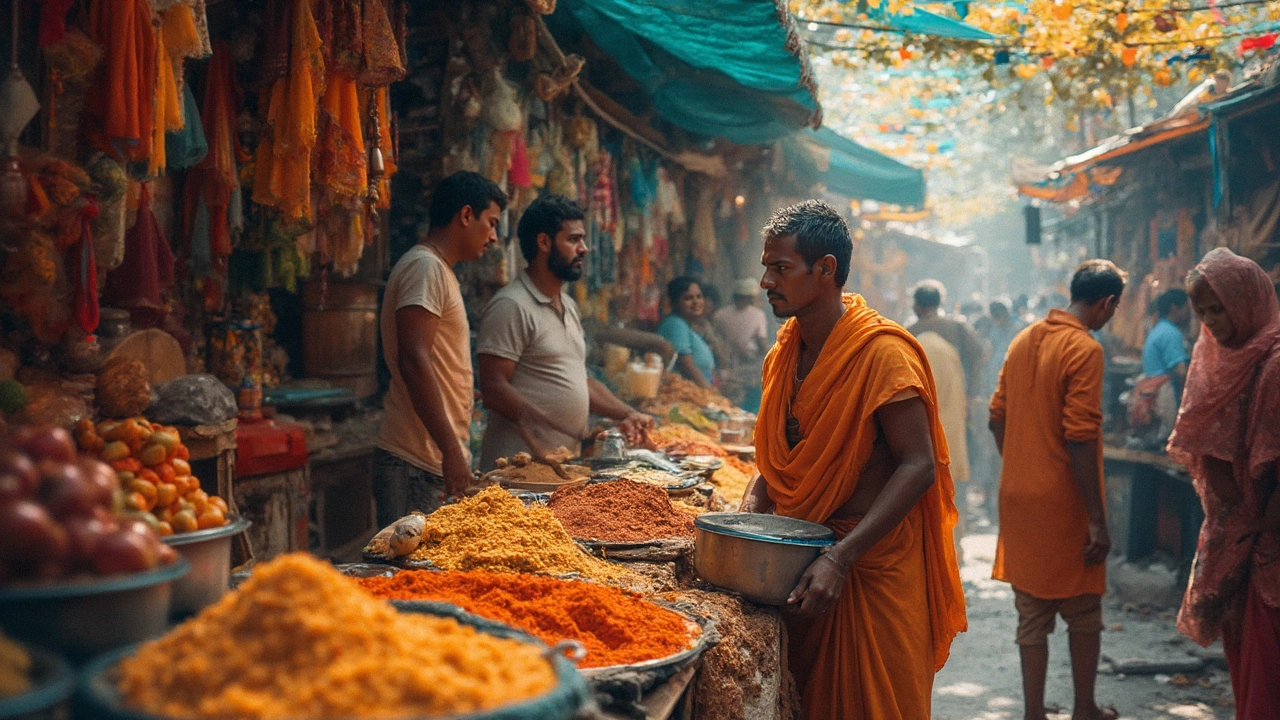
Tips for Aspiring Fine Art Photographers
Diving into fine art photography can seem daunting, but it's all about exploring your creativity and finding your unique voice. Here are some tips to help you along the way.
Find Your Style
First things first, what makes your heart sing? Is it the moody landscapes, abstract shapes, or vibrant portraits? Finding your distinct style is crucial. Experiment with different subjects and techniques to discover what truly resonates with you.
“Photography is the story I fail to put into words.” – Destin Sparks
This quote by Destin Sparks perfectly encapsulates what many photographers feel. Let your photos tell a story where words fall short.
Master the Technical Skills
Get comfortable with your camera settings. Understanding exposure, composition, and lighting can turn a good photo into a work of art. Don't be afraid to play around with manual settings to see how it affects your shot.
Practice, Practice, Practice
Like any other art form, practice is key. Don't be discouraged by early setbacks. Use them to learn and grow. The more you shoot, the more you'll develop your eye for detail and composition.
Gather Inspiration and Feedback
Visit art galleries, browse photography books, or follow established photographers online. Inspiration can strike anywhere. Also, don't shy away from sharing your work to get constructive feedback. It's invaluable for growth.
Network with Other Artists
Join photography groups or online forums. Connecting with fellow artists can lead to collaborations and learning opportunities. Plus, they can offer support and encouragement when you need it most.
Experiment with Post-Processing
Editing can enhance your photos and bring your vision to life. While some photographers prefer a natural look, others use post-processing tools to add flair. Tools like Photoshop or Lightroom can be your new best friends if used wisely.
Fine art photography isn't just about taking pictures; it's about creating something that evokes emotion and thought. Remember, there's no right or wrong way to do it. It's your journey, so make it uniquely yours!
